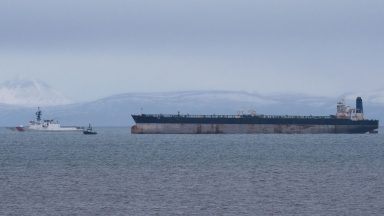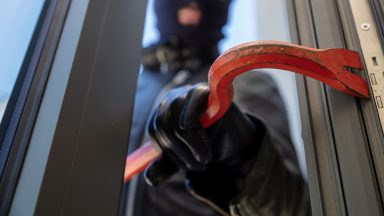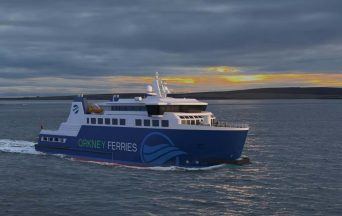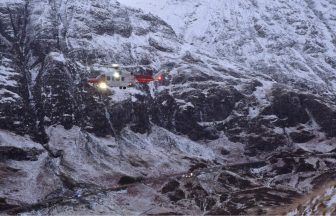Evidence of an Iron Age settlement on a remote Scottish island has been discovered by archaeologists.
A team from Guard Archaeology investigated St Kilda’s main island of Hirta, west of the Outer Hebrides, between 2017 and 2019.
It was the largest archaeological excavation ever undertaken on the island and revealed traces of habitation more than 2000 years ago.
The dig found sherds of pottery dating from the Iron Age that had been washed into a stone channel.
Radiocarbon dating of carbonised food remains on the pottery revealed intensive inhabitation took place nearby at some point between the early part of the fourth century BC and the end of the first century BC.
The archaeologists also found a sherd of a possible early Bronze Age drinking beaker and two sherds of medieval pottery.
They said these suggest people were living on the island from at least the Bronze Age.
The dig took place on the south-west of the main island of Hirta overlooking Village Bay.
It was commissioned in preparation for the development and refurbishment of a Ministry of Defence base in the area.
St Kilda is a Unesco World Heritage Site, managed by National Trust for Scotland.
The last 36 inhabitants of the archipelago left the islands in 1930.
In 2011, archaeologists discovered evidence of a permanent Iron Age settlement on the St Kilda island of Boreray.
Alan Hunter Blair, of Guard Archaeology, said: “The recent archaeological work has revealed that the eastern end of Village Bay on St Kilda was occupied fairly intensively during the Iron Age period, although no house structures were found.
“The presence of large quantities of Iron Age pottery across the site suggests settlement must have existed nearby.
“One of the most significant problems facing archaeologists working on St Kilda is that earlier buildings were dismantled and cleared away in order to build new ones using the old stone as a building resource.
“Stone was also cleared, including that in burial mounds to increase the available cultivation area, leaving little trace of what may have been there before.”
Susan Bain, the National Trust for Scotland’s manager for the Western Isles, said: “These results are very encouraging that the evidence of very early settlements on the islands can still be identified.
“We have tantalising glimpses of life on St Kilda 2,000 years ago, not only from their pottery but also the remains of a souterrain, or underground store that was discovered in the 19th century.
“These few clues tell us that people were well established on St Kilda as part of the wider settlement of the Western Isles.”
Follow STV News on WhatsApp
Scan the QR code on your mobile device for all the latest news from around the country


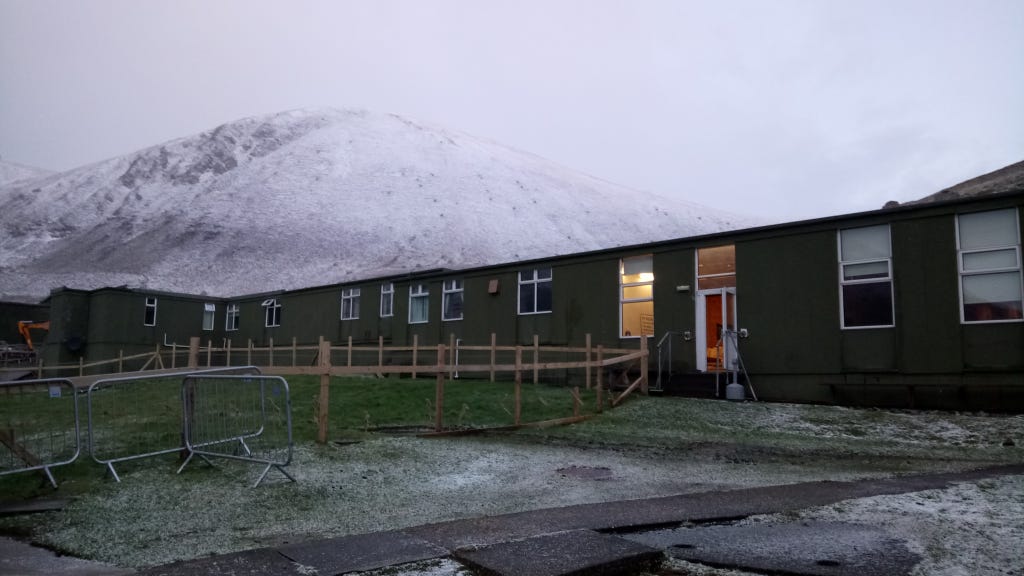 PA Images
PA Images














